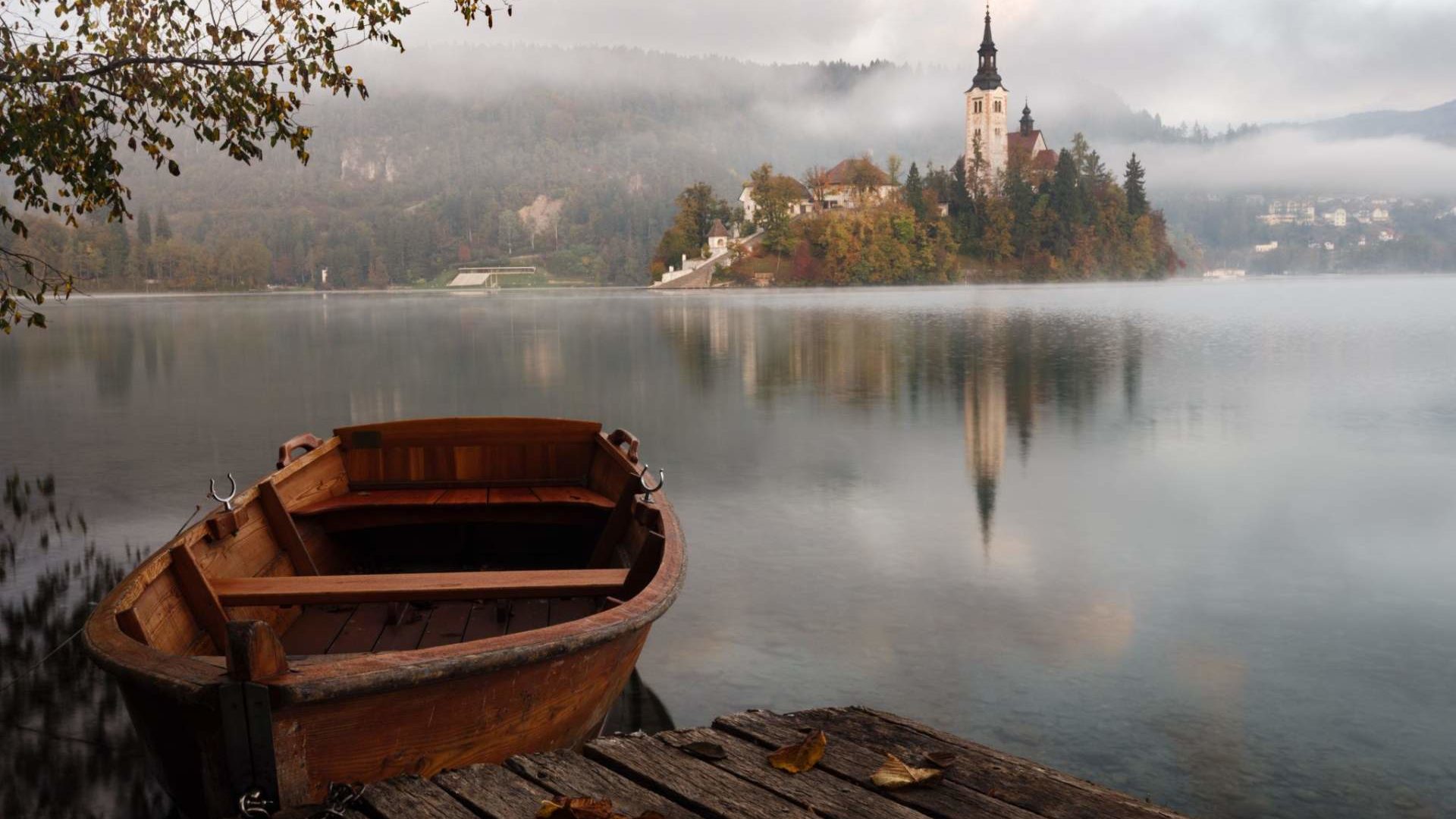This summer, Dr. Kj Swanson, Adjunct Faculty, offered a Theological and Cultural Engagement class exploring “Disney, Fairy Tales, and Feminist Theory.” Here, Hannah Martin (MA in Counseling Psychology student) shares about the categories engaged in her final project for the class: an analysis of how, even as storytellers explore new images of masculinity, the role of fragile, passive women still persists. You can also find an intro post from Dr. Swanson and more student engagement here.
In the past year or so I’ve increasingly encountered texts, podcasts, and movies that are challenging the false reality of the fairy tale romance. While this isn’t a new critique, it seems to be almost as ubiquitous as the fairy tales themselves these days; the two are often hand-in-hand now (just watch the trailer to Wreck-it Ralph 2 and you’ll get the idea). I was drawn to the “Disney, Fairy Tales, and Feminist Theory” class because I wanted to think more about popular culture’s role in shaping our beliefs and becoming our reality. How are the stories we tell both speaking to what exists and speaking something into existence? (Plus, any class with movies on the syllabus is my jam.)
My particular focus for the final project was on pop culture’s romanticism of the male caregiver (the new rescuer) archetype through placing women in a role of fragility or harm. Using Disney’s Sleeping Beauty and Snow White for comparison, I examined three contemporary true stories of women in comas to understand how fairy tales have become real life—wondering why these stories continue to be told and what this says about the need for new archetypes in stories of romance.
Sleeping Beauty and Snow White are distinct fairy tales that share the common narrative elements of each woman falling into a deep sleep (at the hands of a wicked woman, whether fairy or stepmother) from which they can only be awakened by a kiss. Of course, they are not left to sleep for eternity but are found by princes (with whom they have had minimal, if any, interaction) who can provide said kiss to awaken them and hustle them off to “happily ever after.” These are two of the foundational fairy tales of the Disney empire and are continually told and retold by Disney itself and wider culture. While thinking about the comatose women in need of rescue in these tales, I was reminded of the stories of three other real-life women that seemed to contain some of these fairy tale elements.
The Big Sick (film), Finding Emilie (podcast), and Brain on Fire: My Month of Madness (book) all chronicle the true stories of women who become comatose. I chose these stories because all three women fall asleep but, like our Disney princesses, wake up as well (there’s a whole other category of stories that end in death, i.e. A Walk to Remember, but I was not ready to go there). But these women are not alone: they (like the princesses) awake to a male partner who, in these stories, plays a key role as the protagonist and caregiver while the women are sleeping. Because of these features, all of these stories are love stories in one way or another. Somehow, the fairy tale elements have come to life and, because of this, we are still romanticizing stories that depend on women becoming ill and passive. I am curious about why we proclaim fairy tales as problematic yet still tell stories that place women in a similar predicament.
“We are still romanticizing stories that depend on women becoming ill and passive.”
Examining these stories led me to think about how this might be happening as a response to shifting gender roles within society. With the critique of the Disney princes as problematic, perhaps culture is responding to new ideas of what masculinity means today. It becomes apparent from these stories that the male rescuer in modern times is no longer a prince on a galloping steed but a partner willing to push around a wheelchair and fill out endless paperwork. Ideally, they’ll have some conflicts with the parents in the midst of this as well (rather than battling dragons). The modern romance places men as caretakers who are capable of navigating difficult emotional situations, proving their steadfastness by sleeping in hospital waiting rooms for days. Because of this, a new type of archetype is emerging, one who can provide care and tenderness rather than fulfilling the traditional role of rescuer.
While this movement towards roles that redefine masculinity is important, women are still being placed in roles of passivity as victims of illness so that the new masculine archetype can exist. Perhaps storytellers are not so sure about what to do with damsels in distress, particularly when they have families, are successful, independent, and do not especially need their partner to rescue them. If the romantic genre is to be fulfilled in the way the audience still seems to desire, the woman must be rescued from her condition—so she must play the role of victim. I believe that these stories reveal how much we desire to see fairy tales be our reality even while we critique them. We know that what happened to Sleeping Beauty and Snow White isn’t okay, yet we are still drawn to stories that reflect those narrative elements. We still hope the stories of our childhood have a chance at being our story.
The stories I examined reveal the power of the stories we tell to change the stories we live. Clarissa Pinkola Estes writes, “Stories are embedded with instructions which guide us about the complexities of life. Stories enable us to understand the need for and the ways to raise a submerged archetype.” Perhaps that is what is happening with these stories as I see some roles shifting and some staying the same. I can see that a new archetype is emerging for men today that is representative of the changes in perception of masculinity. Yet I am still looking for stories that can do this without making dying women, as Dr. Swanson told me, the “millennial Snow White.” Fairy tales, for better or for worse, can provide a framework for understanding our roles, our conflicts, and our triumphs, and it is up to us to live into that or to tell a new tale.
Resources
A Walk to Remember. Directed by Adam Shankman, 2002. USA: Warner Bros.
Abumrad, Jad & Krulwich, Robert. “Finding Emilie.” Radiolab. Podcast audio. January 24,
2017.
Brain on Fire. Directed by Gerard Barrett, 2016. Canada: Foundation Features.
Cahalan, Susanna. Brain on Fire: My Month of Madness. New York: Simon & Schuster
Paperbacks, 2012.
Pinkola Estes, Clarissa. Women Who Run With the Wolves: Myths and Stories of the Wild
Woman Archetype. New York: Ballantine Books, 1995.
Sleeping Beauty. Directed by Clyde Geronimi, 1959. USA: Walt Disney Productions.
Snow White and the Seven Dwarfs. Directed by William Cottress, 1937. USA: Walt Disney Productions.
The Big Sick. Directed by Michael Showalter, 2017. USA: Apatow Productions.


